— 8 min read
How BIM Enhances Control and Efficiency for Project Owners
Last Updated Apr 1, 2025
Last Updated Apr 1, 2025

Any construction project has a number of stakeholders. With a traditional project delivery method, it moves from designers and engineers in the architectural design process, to the general contractor and then the specialty contractors they bring on board. Even with a design-build project, a variety of teams collaborate, each taking ownership over different parts of the process.
But no matter how many seats are at the project table or how things get handed from team to team, one thing always remains constant: the owner. The owner is the only stakeholder invested in every activity, from design and construction through to closeout and beyond. Because they’re connected to all of these phases — and because those phases shape how the building functions throughout its lifecycle — owners often want a way to improve outcomes from early design all the way through handover. For that, they can turn to building information modeling, or BIM.
Table of contents
Exploring BIM for Owners
BIM leverages 2D plans to arrive at a 3D virtual model of the building. But that’s not all: BIM extends past the model itself. Stakeholders can attach data to the model to make it a powerful tool for scheduling (4D BIM), budget planning (5D BIM), and more.
That makes BIM a meaningful asset to support the overarching goal of all owners: completing the project on time and on budget.
Even so, some owners overlook BIM because they assume it will add to overall project costs. And yes, deploying this technology does require investment. But because BIM can deliver benefits ranging from more efficient workflows to the minimization of rework, it can yield a significant return on that investment.
Plus, a lot of firms — from architecture to general contracting — already have BIM deployed for their teams. Tapping into a partner with, say, an established virtual design and construction team can help owners more easily use BIM. This enables them to enhance control and efficiency throughout development in the following ways.
Data-Driven Decision-Making
Owners can sometimes feel outside of the design and construction process. BIM allows them to more confidently take a seat at the table.
A BIM model allows owners to “walk” the project, from its perimeter to specific rooms and areas. This way, the owner can ask more articulated questions about everything from materials to laydown yards. Because it makes it easy to visualize the project at different stages, it helps to keep owners informed.
Then, when the owner needs to make a decision, BIM provides them with data they can use. Take a higher education project as an example. This type of development often relies on a mix of federal, state and alumni funds. Every dollar spent might need to be accounted for. In the model, the owner could easily see how brushed nickel won’t look very different from the originally planned satin nickel — but will save a significant amount of money across the project’s 200 doors.
In short, knowledge is power. And the model provides a way to convey knowledge from the design and construction teams to the owner.
Better Cost and Scheduling Control
Design and construction are two very different phases helmed by stakeholders with often-different priorities. As a result, what comes out of the design process and gets handed over to the GC and specialty contractors might require finessing. Enter: constructability.
Checking for constructability means that construction experts confirm that what was agreed upon during design can actually be built. Without this key step, the project is ripe for delays and cost overruns.
With a 3D model, this gets a lot easier. For example, almost all teams that use BIM deploy it for clash detection. This type of constructibility check builds in a detailed level of spatial coordination. For starters, this helps to confirm that, say, a wall doesn’t clash with ductwork. That way, no one needs to figure out who would need to pay to rip out and replace the clashing components. This keeps project change orders (and resulting added project costs) and conflicts over them to a minimum.
It also allows teams to see what’s going on around systems that need to be installed. This way, owners can rest easy knowing that specialty contractors will have the space they need to do their best work. This can boost project quality and mitigate the risk of disputes that arise when subcontractors bump into one another.
BIM has further applications that can help owners better control cost and schedule. It can automate some parts of the process, helping teams manage them faster — and with less room for human error. Using the model, for example, teams can perform 3D material takeoffs. This helps to quickly arrive at an extremely clear picture of the materials the project will require.
Streamlined Workflows for More Efficient Project Delivery
Because the project’s design may not always be constructible, details often get teased out as the build progresses. When owners approach development in this way, though, they risk slowdowns and added costs. If the project runs into a roadblock that the HVAC contractor needs to solve, progress can halt while other stakeholders wait for resolution.
BIM presents an alternative way forward. Instead of fleshing out constructibility as construction progresses — and leaving room for the uncertainty that creates — owners can turn to the model. This way, the finer details of the project can be analyzed and any potential complications addressed in the virtual space. There, problems are almost always faster, cheaper, and easier to solve.
By using the model to confirm constructability early in the project, the owner sets it up to move smoothly from groundbreak on. As an added benefit, when the GC and subcontractors have access to the model, their insights and suggestions can further finesse workflows.
The model can also help the owner on future projects. If they deploy BIM on a hospital project and it runs into certain obstacles, for example, they can use the model on the next healthcare project to tackle those problems digitally.
Nicholas Tilford
Senior Trainer, Industry Advancement
Procore Technologies
Supporting Success Throughout a Project's Lifecycle
Leveraging BIM can give owners a way to build a collaborative culture that supports wins for everyone on the project.
The model creates a direct way for specialty contractors to get involved in the project earlier. Kickstarting their involvement by asking for their contribution to the model also gives the owner a way to engage these stakeholders.
Most subcontractors have a level of pride and passion in the work they do. By asking questions about their contribution — and specifically asking if they have suggestions — the owner can tip their figurative cap to the contractor. This engagement can help to build better relationships.
These, in turn, help to motivate contractors to deliver high-quality work on time and on budget. At the very least, if construction issues do arise, the owner’s relationship with stakeholders on the project can encourage everyone to work together to solve them. That can help to minimize change orders, disputes, and other issues that make projects more burdensome for owners.
BIM also makes it easier for owners to create a safe, healthy environment for the building’s occupants and maintenance staff. If the model is handed over at closeout, it can tell maintenance personnel about the precise location — and potentially even the requirements — of systems. This makes it easier for those folks to do their job. And the properly maintained building should be more functional and comfortable for occupants. At the same time, strong maintenance can lower operating costs for the owner, too.
Stay updated on what’s happening in construction.
Subscribe to Blueprint, Procore’s free construction newsletter, to get content from industry experts delivered straight to your inbox.
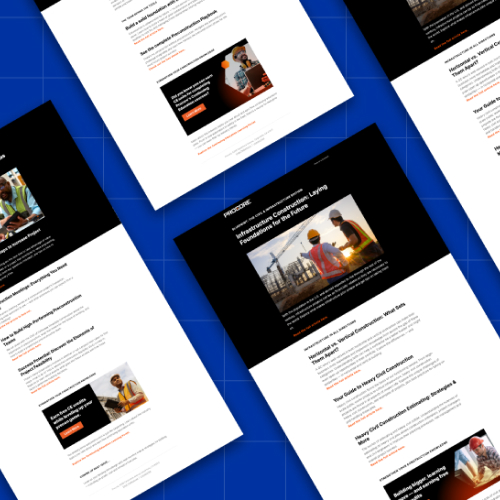
Getting Started With BIM
Owners who want to explore how BIM can support better project outcomes have multiple ways to dip a toe in. They could start by attending an event (e.g., trade show, conference) where BIM is a focus. Asking people there about their experiences with BIM can help owners pinpoint ideal next steps. Those conversations may also illuminate an ideal pilot project to start working with building information modeling.
The owner might also ask trusted partners from past projects about their BIM experiences. Design firms and GCs who use this tool can share insights, including benefits reaped and lessons learned.
It’s important that the owner maintains some level of comfort with being ignorant. Until they work with BIM, they understandably won’t know much about it. Being willing to ask questions helps to open up communication channels. This means owners can gather the information they need to determine if BIM is right for their projects.
Nicholas Tilford
Senior Trainer, Industry Advancement
Procore Technologies
Right now, BIM technology comes in many different forms. Different design teams and contractors need different tools depending on the project, the market, and more. Talking with those stakeholders helps owners identify the right tools, from the BIM authoring platform(s) to plug-ins.
Owner concerns about BIM are valid — but any fear is not. Building information modeling introduces a valuable tool owners can deploy to make data-informed decisions, gain greater project control, streamline the entire process, and create a collaborative culture that supports long-term success.
Was this article helpful?
Thank you for your submission.
100%
0%
You voted that this article was . Was this a mistake? If so, change your vote here.
Scroll less, learn more about construction.
Subscribe to The Blueprint, Procore’s construction newsletter, to get content from industry experts delivered straight to your inbox.
By clicking this button, you agree to our Privacy Notice and Terms of Service.
Categories:
Tags:
Written by
Nicholas Tilford
20 years of experience in construction, technology, and workforce development. A passionate tech advocate, Nick simplifies complex technical concepts to create scalable, impactful learning solutions. Recognized as an inspiring voice in the industry, he trains, mentors, and leads teams through the ever evolving landscape of construction technology.
View profileKacie Goff
55 articles
Kacie Goff is a construction writer who grew up in a construction family — her dad owned a concrete company. Over the last decade, she’s blended that experience with her writing expertise to create content for the Construction Progress Coalition, Newsweek, CNET, and others. She founded and runs her own agency, Jot Content, from her home in Ventura, California.
View profileExplore more helpful resources
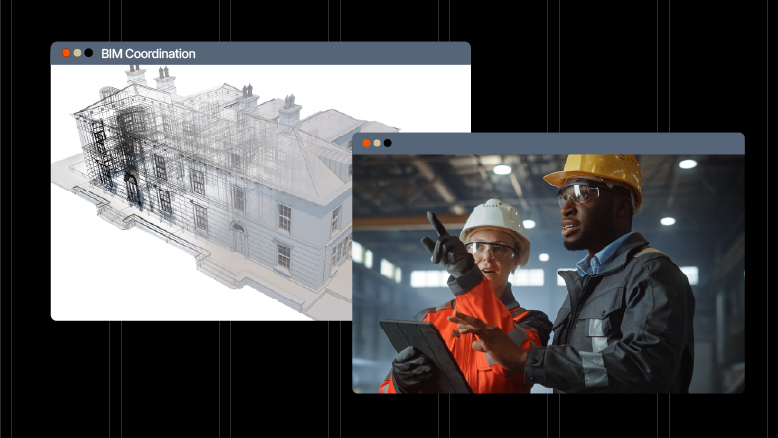
Streamlining Construction Projects with Effective BIM Coordination
The old saying goes: if you fail to plan, you plan to fail. Construction professionals know this better than nearly anyone. To take a project from a vision in an owner’s...
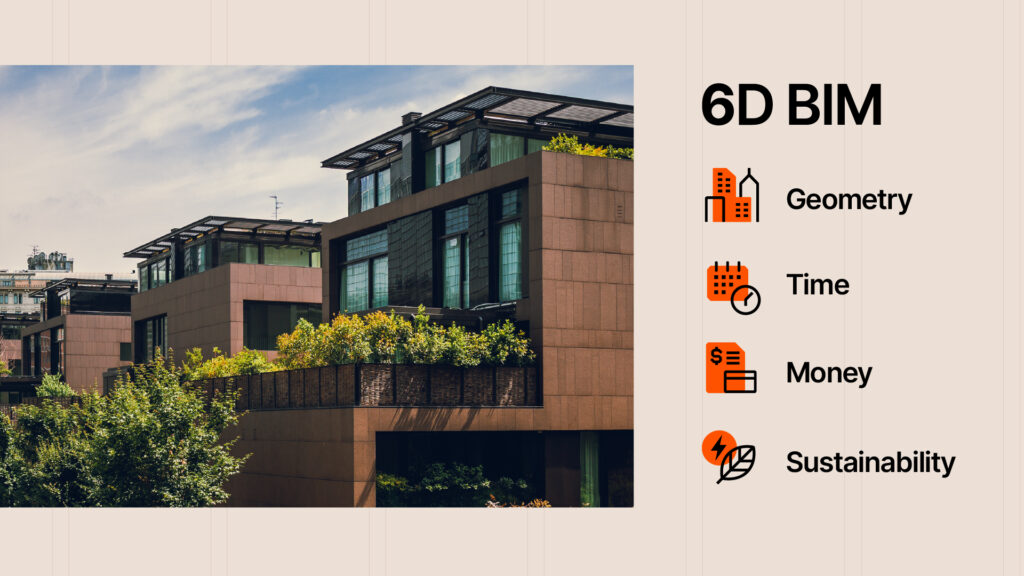
The Role of BIM in Sustainable Construction
Building information modeling (BIM) is transforming the architecture, engineering, and construction (AEC) industry. With this kind of sophisticated modeling, the industry has shifted from designing in 2D to 3D. This helps...
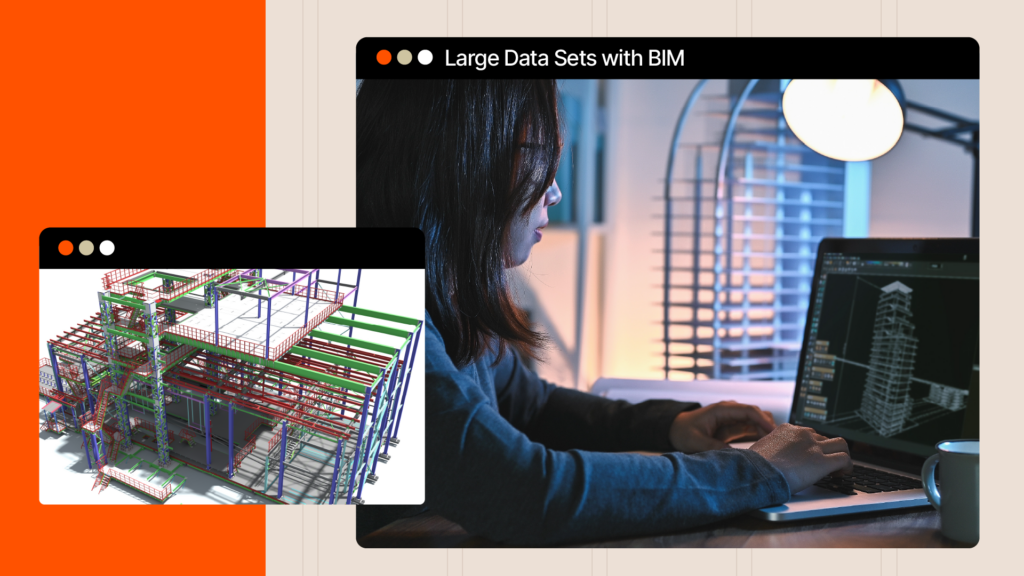
Building and Using Large Data Sets with BIM
In recent years, two technological concepts have exploded, almost in parallel: One, called building information modeling (BIM), makes it possible for stakeholders to “build” construction projects in a 3D virtual...
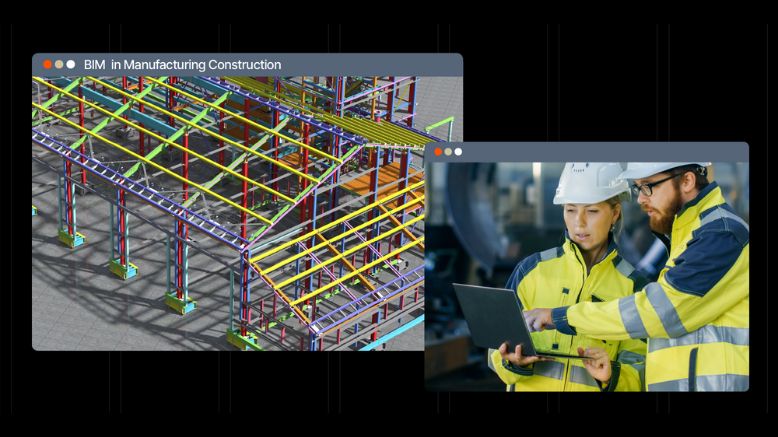
Exploring BIM’s Potential in Manufacturing Construction
As building information modeling (BIM) improves, project owners can build more sophisticated facilities faster. And as consumers increasingly demand what they want delivered to them faster, brands need smarter manufacturing...